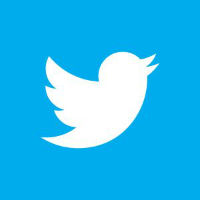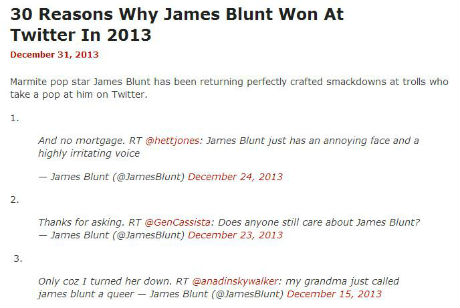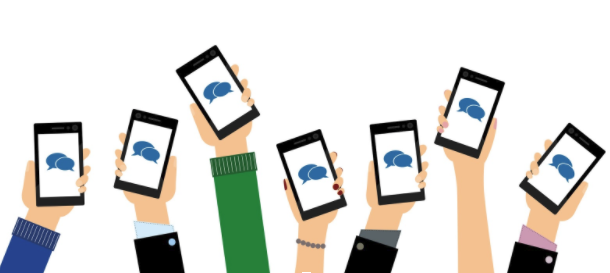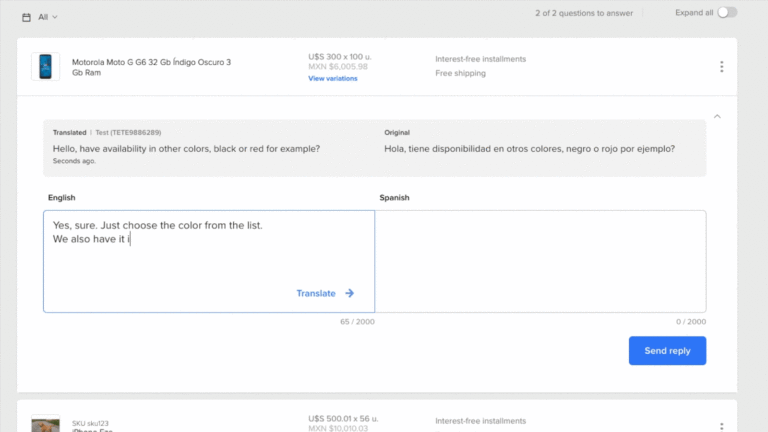Why do people tweet? That is possibly a million dollar question. I am sure psychologists could have a field day with it. Rather than delving into the narcissism of the human race I am going to break it down into the following categories:

- They are communicating with a particular person/set of people
- They are bored
- They want to complain about a person/brand/life
- Because they can
- They want to broadcast information
When you consider reasons 2 and 4 one has to wonder, what are they going to say? Many a celebrity can tell you what bored, self-entitled people tweet about because it is often directed at them and is not very nice!
Celebrities Hit Back At Twinsults
The School of conservatism ruled for a while, celebrities opted to ignore insults directed at them over Twitter. Unfortunately there is only so much that a person can take and the comments just keep coming. So, how did some celebrities decide to hit back?
Direct Response
Many celebrities actually run their own Twitter accounts, they are not a PR channel but a personal Social Media account. So some have chosen to face their accusers. The Poke reported “30 Reasons Why James Blunt Won At Twitter in 2013” and he is undoubtedly reported as the best celebrity in the face of Twitter adversity. Below are some examples:

I would say that he is #winning, what do you think?
Highlighting the Ridiculousness of the Situation
In America Jimmy Kimmel has created a TV series called Mean Tweets. This allows celebrities to read out their “favourite” Twinsults and if they want to they can respond:
What Businesses Can Learn About Reputation Management
When it comes to brand and reputation management there’s no business like show business, that is for sure. Celebrities have to very carefully manage their brand and reputation if they want to keep getting work and making money in their field. So whilst I am by no means advocating that we all start exchanging insults with consumers over Twitter, there are definitely some lessons to be learned from these capable brand managers.
Tone of Voice Guidelines
Before any business embarks on social media activity they should have brand tone of voice guidelines in place. This will ensure that the social media consultants/managers are appropriately representing the brand online. Now, celebrities who run their own accounts will not have these – they only have to worry about what they think – but what we can learn from them is the need for flexibility within them. Sometimes you need to step outside your comfort zone.
Response Mapping and Parameters
Response mapping is the process of anticipating how people may interact with your brand on social media and planning appropriate responses. This can be a really productive exercise, particularly if you involve people in the Sales and Customer Services departments who have direct customer interaction on a daily basis. Using the tone of voice guidelines and insight of how the situations are currently being dealt with in person the marketing team can develop appropriate responses.
What is key here is to allow for flexibility within certain parameters. Not every customer complaint about product “x” is going to be the same, therefore one fixed response will not always be appropriate. You must allow interpretation by the person posting the response, within set parameters such as:
- No swearing
- Don’t ever direct blame at the customer
- If it is clearly not our fault do not accept responsibility
Remember, there may be situations where you have to step outside of your brand’s tone of voice comfort zone. If you plan for these in advance it will be much better if the situation arises. For example, how would you respond to:
I hate @yourbrand, their products are crap and the staff don’t know anything #fail
- Ignore
- We invest £xx in products & staff training “@personwhosaidit I hate @yourbrand, their products are crap & the staff don’t know anything #fail”
- Really? Sorry you feel that way “@personwhosaidit I hate @yourbrand, their products are crap and the staff don’t know anything #fail”
- OK, 10 thousand other customers disagree “@personwhosaidit I hate @yourbrand, their products are crap and the staff don’t know anything #fail”
Any of these responses would be acceptable, which one you choose depends on how daring you want to be. This is an extreme example you can use with key decision makers to work out how you want to deal with these situations as a brand.
Don’t Be Afraid

The thing that we can learn from celebrities is that what doesn’t kill you can make you stronger. Don’t be afraid to respond to rude, unfounded comments, stick up for your brand. Just make sure you are clever about it.
If you need help with Tone of Voice development or Social Media Response mapping find out about our social media marketing services or come along to our next social media training course.
Follow my contributions to the blog to find out more about digital content marketing, or sign up to the ThoughtShift Guest List, our monthly email, to keep up-to-date on all our blog posts, guides and events.






